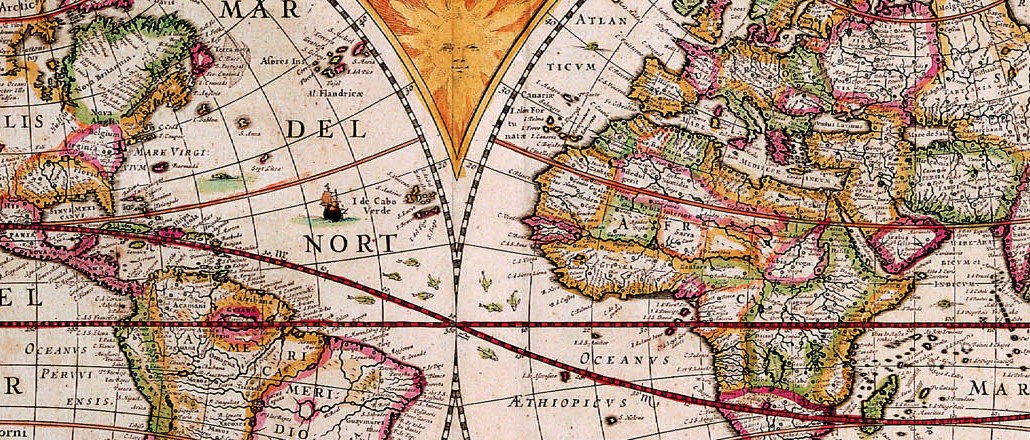
Fifteen months ago, Disney-owned Maker Studios barely had an international business presence. Over the last year, the multichannel network has built a European headquarters in London and regional offices in Singapore, Germany and France. It’s also planning to build offices in Latin America to increase its presence there as well.
The expansions come a year after Disney paid $500 million for Maker Studios, with an extra $450 million to be paid out if the company hits revenue and audience. And a big part of pulling that off is increasing Maker Studios’ reach abroad — which means finding more popular young stars to sell ads against. Today, it gets 70 percent of its 11.5 billion monthly video views from outside the U.S.
“We have to take care of our international talent by having people in as many countries as we can,” said Maker Studios head of international Rene Rechtman, a former AOL exec who joined the company last January. “When it comes to commercializing the international business, it’s a big advantage when you have people on the ground.”
Cozying up with talent is core to Maker Studio’s content strategy. Once a creator signs on, the company is committed to not only helping them make money but building their audiences and increasing the quality of their productions as well. That’s hard to pull off from afar.
“As the sources for content and advertising are global — developing relationships with creators and marketers is crucial,” said Bernard Gershon, president of Gershon Media. “Even in our digital, connected world nothing replaces developing real face-to-face relationships.”
There are larger business advantages as well. A growing part of Maker Studio’s business comes from creating original content for brands directly. Rechtman said that Maker Studios is currently working on five major original video productions around the world — three in the U.K., one in Australia and one in the Benelux. It’s also looking into similar deals in France, Germany and the Philippines. Last month, Maker Studios hired former AOL Europe video director Kelly Sweeney to help lead its international production effort, which includes localizing content for specific regions.
Another component that’s evolving as Maker Studios continues to grow is its distribution strategy. While YouTube has long been the go-to place for video creators looking for an audience, its video dominance is now contested by subscription-based Vessel, which is run by former Hulu CEO Jason Kilar, and Facebook. Each platform is chipping at YouTube from a different angle. Vessel promises better revenue share rates for video creators, while Facebook is giving creators both impressive scale and engagement numbers.
Maker Studios may have made its name on the back of YouTube, but it’s not married to the platform.
“We’re agnostic when it comes to platforms. Any other strategy would be silly,” Rechtman said. “Some talent will be the same, while others will be very focused on certain platforms. And we’ll accommodate all of them.”
More in Media

Media Briefing: ‘Cloudflare is locking the door’: Publishers celebrate victory against AI bot crawlers
After years of miserably watching their content get ransacked for free by millions of unidentified AI bot crawlers, publishers were finally thrown a viable lifeline.

Vogue faces new headwinds as Anna Wintour — who agency execs say made ad dollars flow — shifts focus
Anna Wintour’s successor at Vogue will have to overcome the myriad of challenges facing fashion media and the digital publishing ecosystem.

Here are the biggest misconceptions about AI content scraping
An increase in bots scraping content from publishers’ sites represents a huge threat to their businesses. But scraping for AI training and scraping for real-time outputs present different challenges and opportunities.





